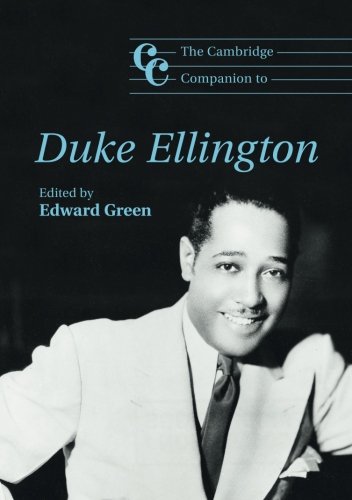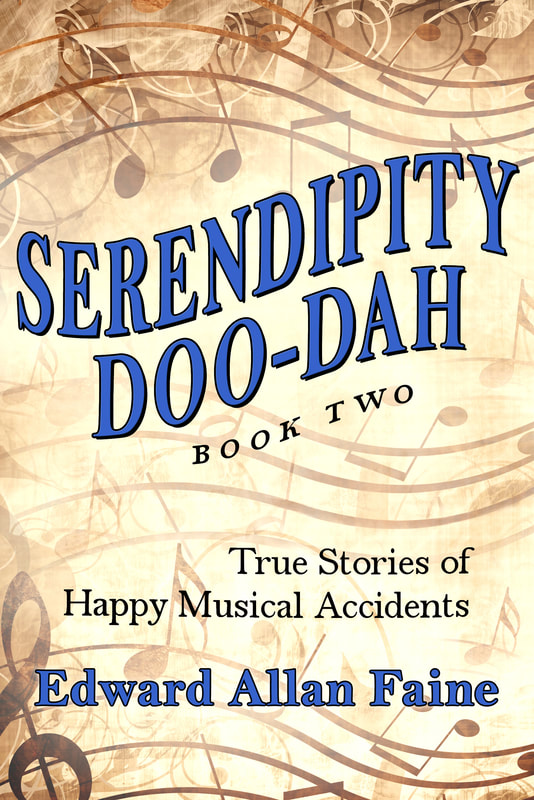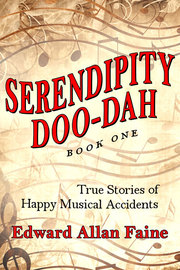| Bill Dobbins, “Duke Ellington and the World of Jazz Piano” in Edward Green, The Cambridge Companion to Duke Ellington. Cambridge: Cambridge University Press, 2014. In the previous blog, I referenced Matthew Cooper’s claim that Ellington was three pianists in one: a ragtime/strider, a swingster, and a post-bop modernist.) And, as impossible as it may sound, the maestro’s latter style preceded the post-bop era. I didn’t disagree, and all sources quoted agreed that his modernist percussive strain could be found in the later work of pianists Thelonious Monk, Randy Weston, McCoy Tyner, and Cecil Taylor. |
In his detailed examination of ducal masterworks, jazz studies professor Bill Dobbins tells us that the voicings Duke used in his introduction to In a Mellotone (1940) not only inspired pianist Billy Taylor to develop a whole style based on them, but also led to the block chord style of pianists Ahmad Jamal, Red Garland, and (by extension) Gene Harris.
Dobbins then cites an Ellington improvised statement in The Clothed Woman (1947) as an early forerunner of modal jazz before the earliest modal efforts of composer George Russell and way before those of trumpeter Miles Davis.
In Piano Reflections (1953)—a trio outing showcasing Ellington’s impressionistic style—two tracks, “Reflections in D” and “ Melancholia,” are in Dobbin’s estimation:
true jazz milestones in their incorporation of impressionistic harmonies and in Ellington’s touch, phrasing, and dynamic nuances . . . only Bud Powell’s revolutionary Dusk in Sandi (1951) can be considered a close precursor to the Ellington pieces.
Dobbin’s further notes that Ellington never hesitated to dip into the current idiom. He gives as examples “Mount Harissa” from the Far East Suite (1964) as showing his awareness of the funky, hard bop of Horace Silver and his ilk, and his playing on the Latin American Suite (1969) and the Afro-Eurasian Eclipse (1971) as acknowledging extant modal developments that still sound entirely Dukish.
Jazz Professor Dobbins closes with a rather significant statement:
In a curious way, it seems as if each new trend in jazz represented just another tributary that had already been a part of Ellington’s great stream of pianistic vocabulary.
With no disrespect to Earl “Fatha” Hines, who is roundly acknowledged to be the father of modern jazz piano, perhaps Duke can now be thought of as the “father of postmodern jazz piano.” Drop the Duke, it’s Edward “Fatha” Ellington.




 RSS Feed
RSS Feed